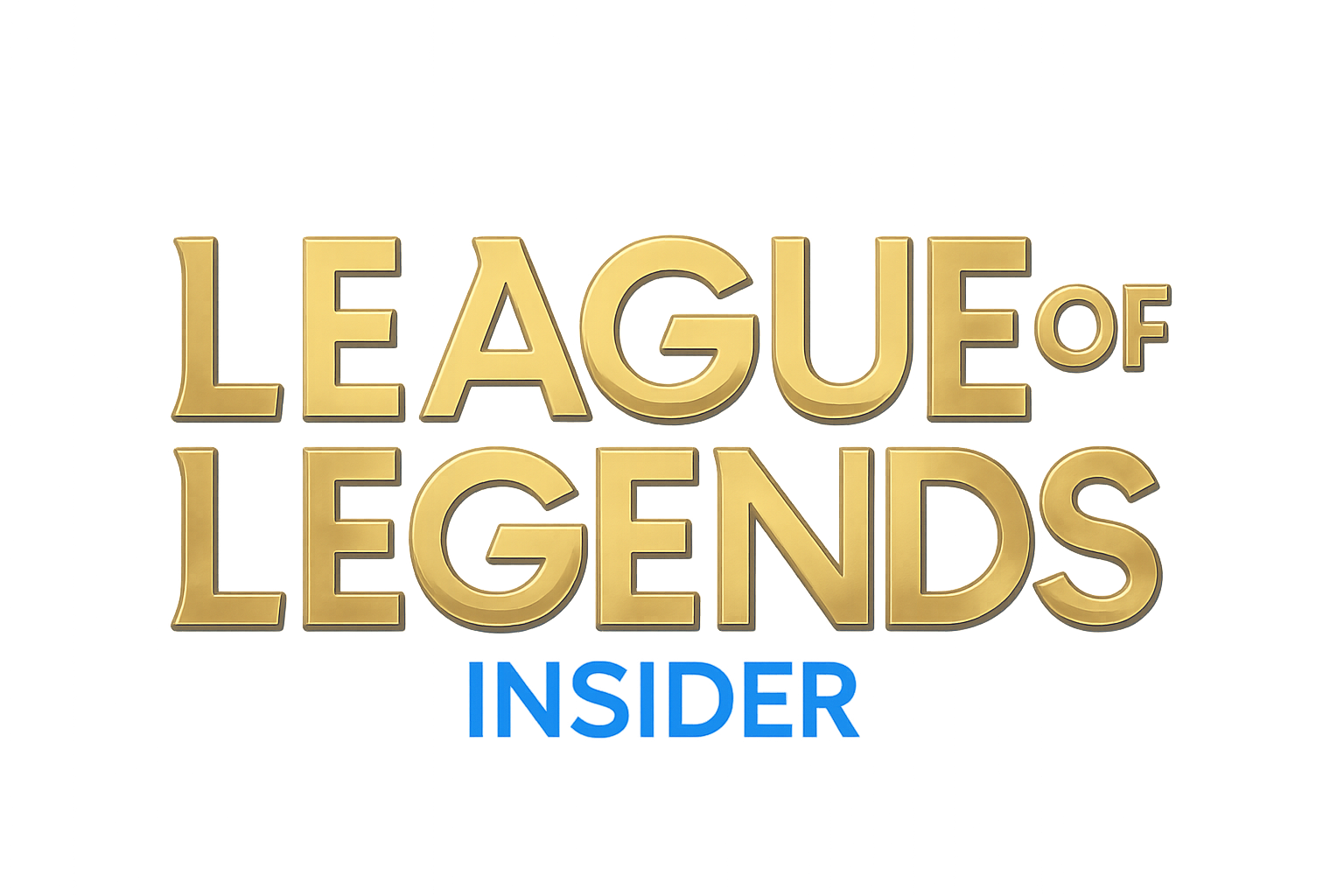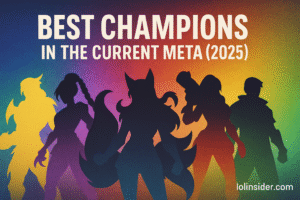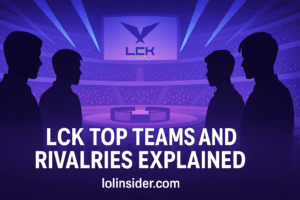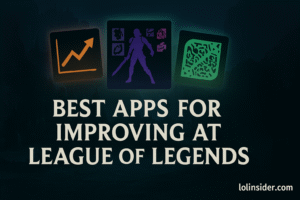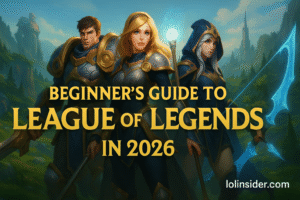League of Legends (LoL) is a game of constant decision-making where success depends not only on your mechanics but also on your understanding of the bigger picture. New players often hear the terms “macro” and “micro”, but few fully understand what they mean—or which one matters more when starting out.
This article breaks down the differences between macro and micro, explains why both are crucial, and shows beginners exactly what to prioritize to improve faster. Whether you want to become a solid Gold player or climb to Diamond and beyond, mastering the balance of macro vs micro is the foundation of success.
What Is Micro in League of Legends?
Micro refers to your individual mechanical skill—everything you do on a per-second basis with your champion. It’s the “small-scale” execution side of LoL.
Core Elements of Micro
- Last-Hitting (CSing): Efficiently securing minions for gold.
- Trading: Winning short skirmishes in lane through combos and cooldown knowledge.
- Kiting and Orb-Walking: Moving between auto-attacks to maximize DPS while avoiding skillshots.
- Skill Accuracy: Landing crucial abilities like Blitzcrank’s hook or Morgana’s bind.
- Reaction Time: Dodging ganks, flashing ultimates, or securing objectives.
- Champion Mechanics: Understanding the unique combos, passives, and execution of your chosen champion.
Why Micro Matters
- Strong micro can allow you to win lane even if the enemy has better macro knowledge.
- Champions with high outplay potential (Zed, Yasuo, Lee Sin) thrive on micro skill.
- In low ranks, poor mechanics often decide games more than strategy.
However, being mechanically strong without game knowledge often leads to “smurf-like” laning but poor mid-to-late-game impact. This is where macro comes in.
What Is Macro in League of Legends?
Macro is the strategic decision-making that shapes the entire game. It’s the “big picture”—where you should be, what you should do, and why.
Core Elements of Macro
- Wave Management: Freezing, slow pushing, and fast pushing to control the map.
- Objective Control: Prioritizing dragons, Rift Herald, Baron, and towers.
- Rotations: Moving around the map efficiently after pushing waves.
- Vision Control: Warding key areas and denying enemy vision.
- Win Conditions: Recognizing if your team should play for scaling, split-push, or early aggression.
- Map Awareness: Reading the minimap, predicting ganks, and responding to threats.
Why Macro Matters
- Macro decisions often win games, especially in mid-to-late stages.
- Good macro can compensate for weaker mechanics.
- Professional teams dominate through superior rotations and objective trades.
For example: A team may lose lane individually but still win because they grouped early, secured every dragon, and snowballed into a win condition.
Macro vs Micro: Which Should Beginners Learn First?
This is the key question—and the answer depends on your current level.
Early Learning Phase (Iron–Silver)
- Focus on Micro.
Beginners should prioritize mechanics—CSing, positioning, basic combos—because without this foundation, macro decisions don’t matter. - If you can’t last-hit under tower or dodge a Blitz hook, no amount of map awareness will save you.
Intermediate Phase (Gold–Platinum)
- Transition to Macro.
Once you can consistently farm 6–7 CS per minute and win trades, you need to learn rotations, warding, and objective control. - At these ranks, games are often lost not in lane but through poor dragon fights or split-push misplays.
Higher Ranks (Diamond+)
- Balance Both.
At advanced levels, players must refine mechanics while executing flawless macro. Every mistake in vision, timing, or positioning gets punished.
Summary: For beginners, micro comes first. But ignoring macro past Gold will cap your climb.
How Micro Mistakes Hold You Back
- Missing CS: Falling behind in gold makes it impossible to buy core items.
- Poor Trades: Dying early snowballs lanes against you.
- Skill Misuse: Wasting cooldowns leaves you vulnerable.
- Bad Positioning: Getting caught cancels any macro advantage your team had.
Fix: Focus on fundamentals—practice last-hitting in custom games, learn simple combos, and stick to easier champions like Annie or Garen until you build comfort.
How Macro Mistakes Hold You Back
- Ignoring Objectives: Winning lane but losing every dragon often means defeat.
- Overextending: Pushing too far without vision leads to unnecessary deaths.
- No Map Awareness: Missing enemy roams or ganks.
- Split-Pushing Wrongly: Splitting at the wrong time and leaving your team 4v5.
Fix: Start pressing Tab often, ward key bushes, and think about “what does my team need right now?”
Training Micro: Practical Tips
- CS Practice Tool: Aim for 100 CS at 10 minutes with no items.
- Champion Mastery: Stick to 2–3 champions per role to learn their mechanics deeply.
- Reaction Training: Play against skillshot-heavy champs to practice dodging.
- Attack Move Commands: Use A-click for cleaner kiting.
Training Macro: Practical Tips
- Minimap Glance Every 3 Seconds: Build awareness like a habit.
- Ping More: Inform your team about missing enemies or objective timers.
- Wave Management: Learn freezing and slow-push basics.
- Watch Pro Replays: Focus on rotations and objective calls.
Champions to Learn Micro vs Macro
- Micro-Heavy Champions: Zed, Yasuo, Riven, Lee Sin.
- Macro-Heavy Champions: Shen, Twisted Fate, Soraka, Janna.
- Balanced Champions: Orianna, Lucian, Jarvan IV.
For beginners, it’s often easier to learn macro from supportive or tanky champions and micro from duelists or assassins.
Common Beginner Mistakes in Macro vs Micro
- Tunnel Visioning: Only watching lane and forgetting the map.
- Blaming Teammates: Ignoring your own mechanics and decision-making.
- Objective Neglect: Chasing kills instead of securing dragons or towers.
- Wrong Priorities: Practicing flashy combos before learning CS fundamentals.
Why Pros Prioritize Macro
In professional play, mechanics are already top-tier, so games are decided by macro mastery:
- Securing Baron while opponents chase kills.
- Coordinated rotations to collapse on side lanes.
- Drafting champions that synergize with strategic win conditions.
This is why casual players often wonder why “pros don’t fight as much”—because the real battle is over map control.
Balancing Macro and Micro in Ranked Climb
Think of improvement as a pyramid:
- Base = Micro: Without solid mechanics, nothing else matters.
- Middle = Macro: Once stable in lane, learn rotations and objectives.
- Top = Champion & Team Play: Understanding drafts, synergy, and high-level strategies.
By climbing this pyramid step-by-step, you avoid burnout and confusion.
FAQs
Q1: Can I climb to Gold with just good micro?
Yes. Strong mechanics can carry you to Gold, but macro knowledge becomes essential afterward.
Q2: What’s the fastest way to improve macro?
Spam warding, watch your replays, and track objectives. Learn from pro gameplay.
Q3: Which is more fun to master—macro or micro?
Depends on your style: micro is satisfying for flashy plays, macro is rewarding for winning through smart strategy.
Conclusion
For beginners in League of Legends, micro must come first. Learn how to last-hit, dodge, and trade efficiently. But as soon as your mechanics stabilize, shift focus to macro, where games are truly won. The best players blend both—outplaying opponents in lane while also outmaneuvering them on the map.
Mastering the balance of macro and micro isn’t just about climbing ranks—it’s about truly understanding what makes League of Legends the most strategic competitive game in the world.
